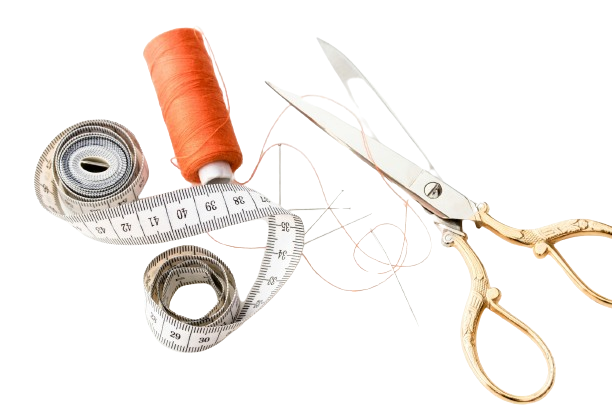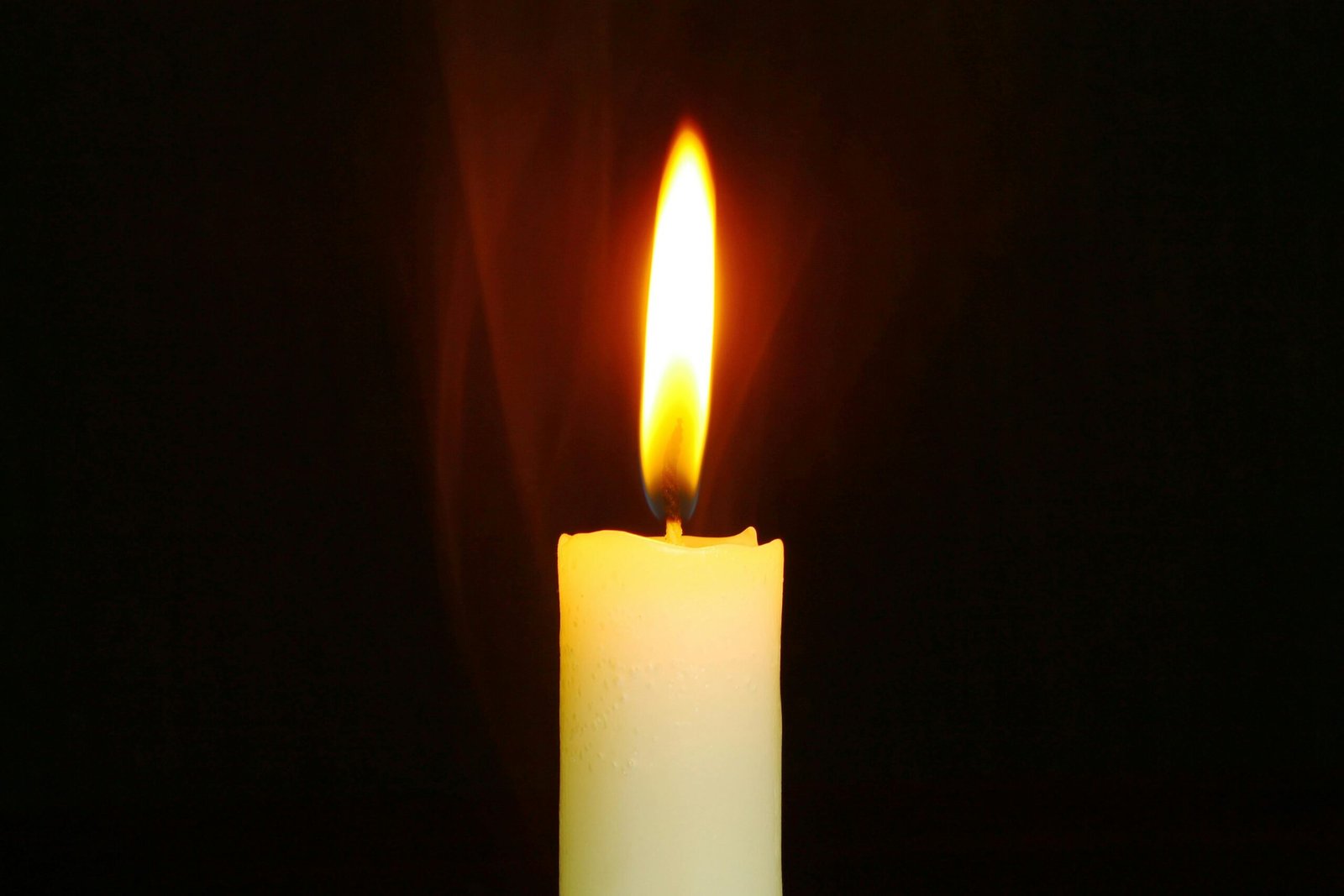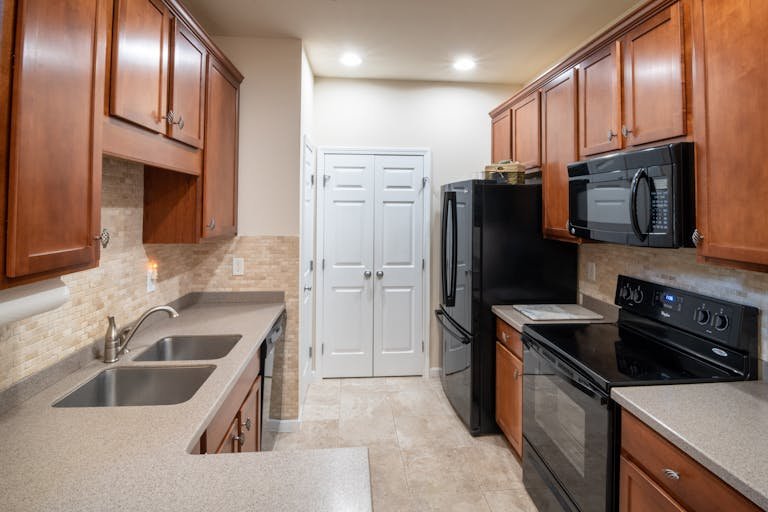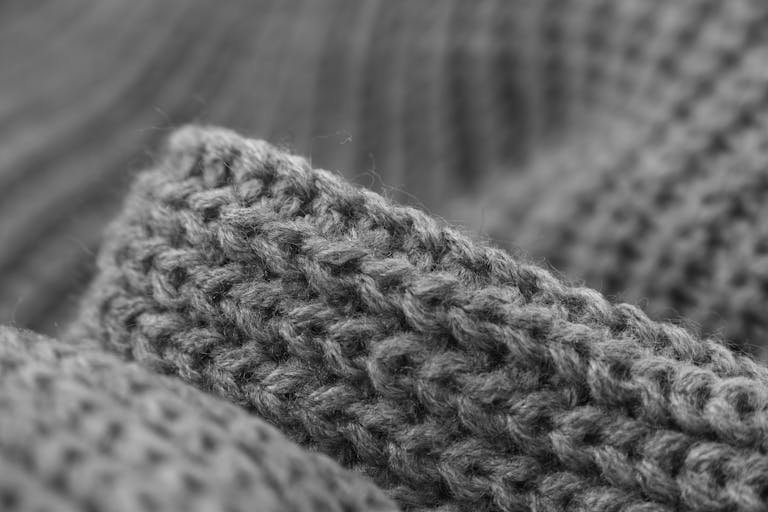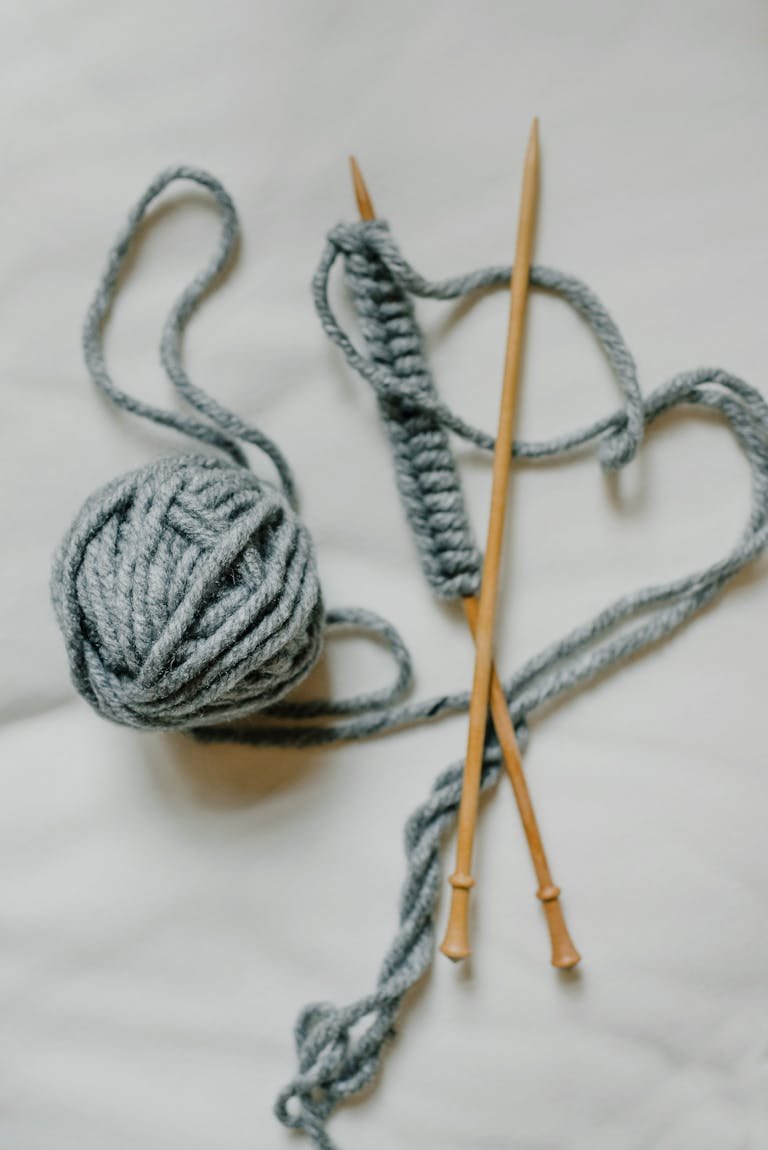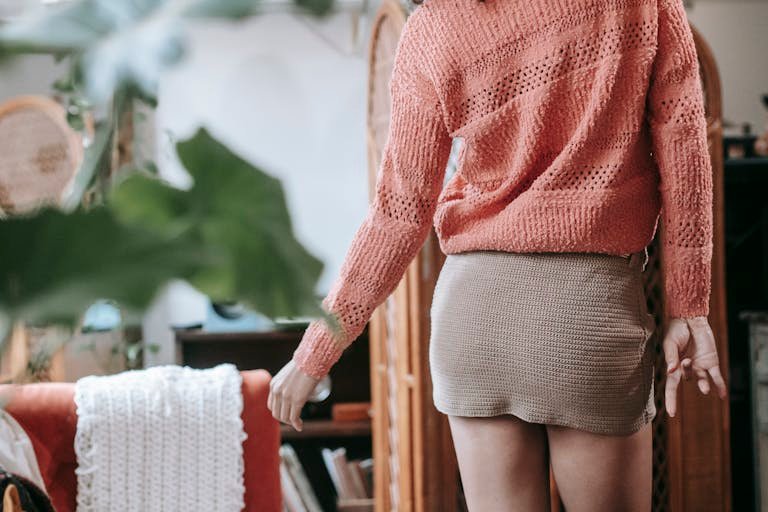How to Remove Max from Your Floor: A Quick and Easy Guide
Wax can be both protective and decorative on floors, but over time it can build up or leave unsightly stains that diminish the appearance of your flooring. Whether it’s hard wax used on wood or soft wax found on tiles or vinyl, removing wax from your floor is a task that requires patience and the right approach. By following the steps and using appropriate materials, you can effectively restore your floors to their original look.
In this guide, I will walk you through everything you need to know about Remove Max from Your Floor, from identifying the type of wax to choosing the right cleaning method. With the correct tools and techniques, you’ll be able to remove wax buildup without causing damage to your floors.
1. Identify the Wax Type
Before you begin, it’s important to know what type of wax you’re dealing with. This will influence the method and cleaning products you’ll use.
Hard Wax
Hard wax is typically applied to wood floors for protection and shine. It creates a durable layer but can be tough to remove if left unmaintained for too long. Removing hard wax often requires stronger products or tools, making it a more challenging process.
Soft Wax
Soft wax is more common on floors like vinyl, linoleum, or ceramic tiles. It’s easier to clean than hard wax but can still build up over time if not treated regularly. Soft wax is generally easier to remove with simple household cleaning products.

2. Gather Your Supplies
To remove wax effectively, you’ll need a few essential items. Preparing everything in advance will make the process much smoother.
- Warm water
- Mild detergent or dish soap
- White vinegar
- Baking soda
- Soft cloth or sponge
- Rubber gloves
- Paper towels
- Optional: Wax remover product
Having these tools on hand ensures that you’re ready for any wax removal method, whether you opt for a natural solution or a commercial wax remover.
3. Prepare the Area
Proper preparation will make the process much easier and prevent damage to surrounding areas. You don’t want wax spreading to other surfaces or furniture during cleaning.
Clear the Area
Remove any furniture, rugs, or other objects from the area you plan to clean. This ensures that nothing gets in the way or inadvertently damaged during the process.
Test the Cleaning Solution
Before applying any cleaning solution across a large surface, always test it in an inconspicuous spot. This step ensures that your floor won’t be damaged by the cleaning product. Some surfaces, especially wood, can be sensitive to certain cleaners, so it’s crucial to avoid any mishaps.
4. Choose the Right Method
The method you use will depend on whether you’re removing hard or soft wax. Below, I will outline the steps for each type.
For Soft Wax
Soft wax can usually be removed with mild cleaning solutions. Here are two methods you can try:
Warm Water and Detergent
- Mix the Solution: Combine warm water with a mild detergent or dish soap in a bucket.
- Apply to the Area: Dip a soft cloth or sponge into the solution and gently scrub the waxed area. Be careful not to apply too much pressure, as this could scratch delicate flooring.
- Rinse the Area: Once you’ve scrubbed away the wax, rinse the area with clean water to remove any residue from the soap.
- Dry Immediately: Use a clean cloth or paper towel to dry the area completely. Water left on certain types of flooring can cause damage, so be sure to dry thoroughly.
White Vinegar Solution
If the wax is particularly stubborn, you can use white vinegar for extra cleaning power.
- Mix Equal Parts Vinegar and Water: In a bucket, combine white vinegar and water in equal proportions.
- Apply the Solution: Dip a sponge or cloth into the vinegar solution and apply it to the wax. Allow it to sit for a few minutes to soften the wax.
- Scrub Gently: Use the cloth or sponge to scrub the wax, taking care not to damage the floor surface.
- Rinse and Dry: Rinse the area with clean water to remove any vinegar residue and dry immediately.
For Hard Wax
Hard wax can be trickier to remove and may require stronger solutions or more aggressive methods.
Wax Remover Product
For tough wax buildup, using a commercial wax remover may be your best option.
- Read the Instructions: Before using a wax remover, read the product’s instructions carefully to ensure you’re using it correctly and safely.
- Apply the Remover: Following the instructions, apply the wax remover to the affected area. Some products require you to let the solution sit for a few minutes to soften the wax.
- Scrub the Area: Use a soft cloth or sponge to scrub the wax away after it’s been softened by the product.
- Rinse and Dry: Once the wax is removed, rinse the floor with clean water and dry the area completely.
Baking Soda Paste
If you prefer a natural option, baking soda can be a great alternative to commercial wax removers.
- Create a Baking Soda Paste: In a small bowl, mix baking soda with water to create a thick paste.
- Apply to the Waxed Area: Spread the paste over the wax, ensuring that the entire area is covered.
- Let It Sit: Allow the paste to sit on the wax for several minutes. This will give it time to break down the wax.
- Scrub Gently: Using a cloth or sponge, gently scrub the area until the wax is removed.
- Rinse and Dry: Rinse the floor thoroughly with clean water and dry it with paper towels or a clean cloth.
5. Rinse and Dry
After you’ve successfully removed the wax, it’s essential to rinse the area to remove any residue and dry it thoroughly.
Rinse Thoroughly
Even if you’ve used mild cleaning solutions like vinegar or baking soda, it’s important to rinse the floor with clean water. This step ensures that no soap, wax remover, or residue is left behind, which could potentially damage your floor or attract dirt.
Dry Immediately
Drying the floor immediately after rinsing is crucial, especially for wood and laminate floors that are sensitive to water. Use paper towels, a clean cloth, or even a fan to speed up the drying process.
Additional Tips for Wax Removal
Here are some extra tips to make the wax removal process easier and to prevent future wax buildup:
Avoid Harsh Chemicals
Using strong chemicals can damage your floor, especially wood and vinyl surfaces. Stick to mild detergents, white vinegar, or natural alternatives like baking soda whenever possible.
Be Patient
Removing wax can take time and effort, especially if there is a significant buildup. Take your time and don’t rush the process. Scrubbing too hard can damage the floor, so it’s better to be gentle and thorough.
Prevent Future Wax Build-up
Regularly clean your floors to prevent wax from accumulating. If you frequently wax your floors for shine or protection, consider applying thin, even layers and regularly cleaning the floor to avoid a heavy buildup.
Read Also: What Is Candle Wax Made Of?
Conclusion
Removing wax from your floors can seem like a daunting task, but with the right methods and tools, it’s completely manageable. Whether you’re dealing with hard wax on wood floors or soft wax on tiles and vinyl, following these steps will help you achieve clean, wax-free floors. Take the time to prepare, choose the appropriate method, and clean thoroughly to restore your floors to their former beauty. By keeping your floors clean and preventing wax buildup in the future, you can maintain their shine and longevity.
